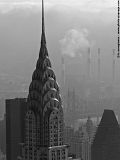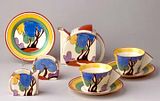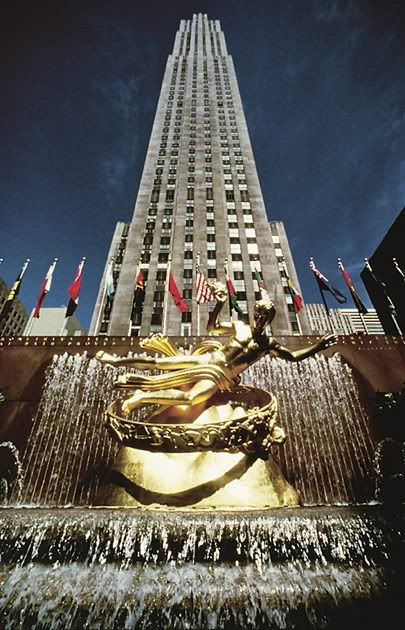Its popularity peaked in Europe during the Roaring Twenties and continued strongly in the United States through the 1930s. Although many design movements have political or philosophical roots or intentions, Art Deco was purely decorative.
Art Deco experienced a decline in popularity during the late 30s and early 40s, and soon fell out of public favor. It experienced a resurgence with the popularization of graphic design in the 1980s.
The structure of Art Deco is based on mathematical geometric shapes. It was widely considered to be an eclectic form of elegant and stylish modernism, being influenced by a variety of sources. The ability to travel and excavations during this time influenced artists and designers, integrating several elements from countries not their own. Among them were the so-called "primitive" arts of Africa, as well as historical styles such as Greco-Roman Classicism, and the art of Babylon, Assyria, Ancient Egypt, and Aztec Mexico. Much of this could be attributed to the popular interest in archeology in the 1920s. Art Deco also drew on Machine Age and streamline technologies such as modern aviation, electric lighting, the radio, the ocean liner and the skyscraper for inspiration.
Art Deco was a luxurious style, and its lavishness is attributed to reaction to the forced frugality imposed by World War I. Its rich, festive character fitted it for "modern" contexts, including the Golden Gate Bridge, interiors of cinema theaters and ocean liners. The style is said to have reflected the tensions in the cultural politics of its day, with eclecticism having been one of its defining features. In the words of F. Scott Fitzgerald, the distinctive style of Art Deco was shaped by 'all the nervous energy stored up and expended in the War'.








No comments:
Post a Comment